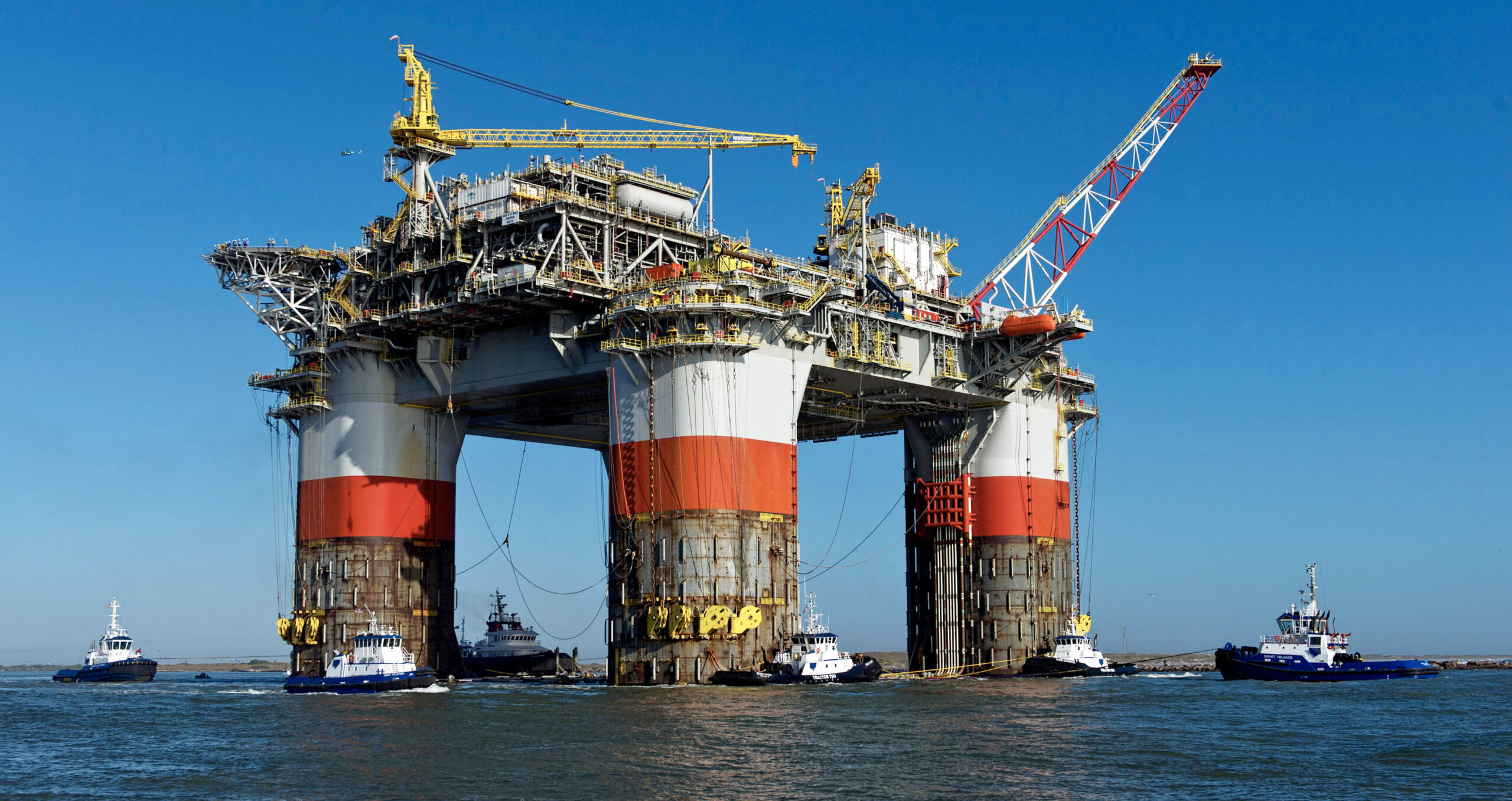
In Charts: US oil production remains strong despite Biden’s clean energy policy

US crude oil production reached record levels this year, notwithstanding the government’s focus on clean energy ahead of next year’s election
Oil and gas production in the US has continued to rise despite President Joe Biden’s promise of a clean energy revolution.
Data published by the US Energy Information Administration on October 31 showed that US drilling reached record levels in August. Production averaged just over 13mn barrels per day throughout the month, surpassing pre-pandemic output levels.
The previous pre-Covid record was in November 2019, when production reached 13mn bpd.
Despite the number of US oil and gas rigs generally falling in recent months, producers are opting to maximise production and efficiency at existing rigs, known as “high-grading”.
Industry acquisitions
In October, US oil giant ExxonMobil acquired Pioneer Natural Resources in a $59.5bn deal. The acquisition will grant ExxonMobil a dominant position in the Permian Basin, located in western Texas and New Mexico, and has helped to turn the US into the world’s largest oil and gas producer.
Later that month, oil major Chevron also announced the acquisition of producer Hess, adding to Chevron’s position in the Permian Basin.
Production of both oil and gas has increased steadily in the Permian Basin in the past decade. The growth rate increased in 2022 following Russia’s full-scale invasion of Ukraine and subsequent impacts on global energy supply chains. Output has continued despite falling oil prices, which also peaked in 2022, due to the war in Ukraine.
A US geological survey assessment conducted in 2018 found 46.3bn additional barrels of technically recoverable oil, turning the Permian Basin from an already significant oilfield into what could become the world’s largest.
Conflicting messages
Despite oil and gas drilling being at an all-time high, Biden continues to emphasise his clean energy policy ahead of the election, notably the Inflation Reduction Act.
Trade group American Clean Power Association noted that about $350bn has been invested in domestic utility-scale clean energy projects since August 2022. This surpasses total clean power investment between 2012 and 2022 before the IRA was introduced, it said.
Looking ahead to the US election next year, Biden’s clean energy policy is likely become a key tenant of his reelection campaign, say experts. The US has a net zero target in place for 2050, with a 2030 target of reducing emissions to between 50 and 52 per cent of 2005 emissions.
The US is not alone in its vocal commitment to net zero targets while continuing to expand oil and gas production. The UK government announced plans to grant “hundreds” of North Sea oil and gas licences this summer. Norway, Australia and Canada are also expanding drilling, despite 2050 targets.
According to the EIA, international carbon dioxide emissions will continue to rise ahead of 2050 in line with energy consumption growth, rather than fall.
US energy mix
In 2022, 21 per cent of the US’s energy consumption came from renewable and nuclear sources, EIA data found. The remainder came from fossil fuels, with petroleum accounting for 36 per cent, natural gas at 33 per cent, and coal accounting for 10 per cent. Of this primary energy consumption, 96 per cent was used by the electricity generation sector to provide power.
Biden has set a target for a carbon emission-free power sector by 2035, ahead of the 2050 net zero target covering the entire economy.
Similar Articles

In Charts: Climate change will impact medium-term investments, say institutional investors

In Charts: 8 out of 10 companies not subject to EU’s CSRD still intend to comply


